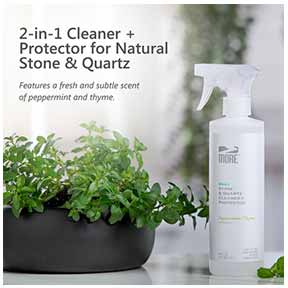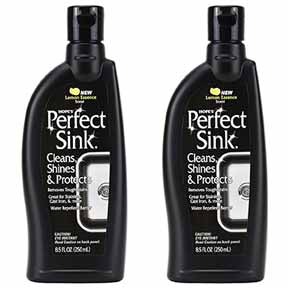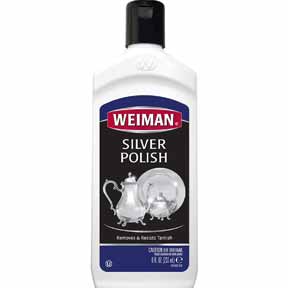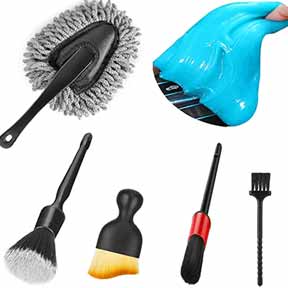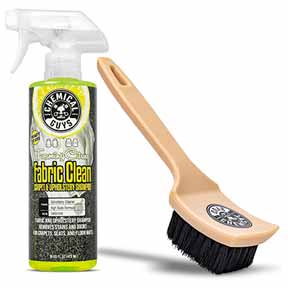How to Clean and Remove Black Mold

How to Clean Mold.
How to Clean and Remove Black Mold
I don’t like any type of mold, but because I live in Seattle, WA (if you haven’t heard, we’re famous for our endless rain), I’ve had to accept a temporary co-existence with cleaning and removing black mold and mildew. Because mold, mildew, moss, fungus and anything else associated with a damp and dark environment are common here, I’ve become quite good at cleaning it up. It’s pretty easy to remove mold in just about every situation. (Not all, but we’ll get to that.) Honestly, I kind of laugh when I go to the home improvement store and see all of the the specialty cleaning products for removing mold and mildew. They most often contain 1 single ingredient that you most likely already have in your home. Are you ready to get busy, then? Let’s kill, clean and remove any stains from a black mold problem that is causing you grief!Types of Black Mold
Before you get started, you need to find out some mold facts before removing it. There are two types of black mold:- Common black mold that grows in damp, dark areas like other types of mold.
- Stachybotrys black mold that grows on products made of cellulose.
Cleaning Precautions
Even though mold growing in your shower or bathroom isn’t usually toxic, you will still want to take precautions when cleaning it, especially in a large area. Mold spores can be released into the air when disturbed. Any type of mold spores can cause skin and respiratory irritation. Use a dust/face masks that you can use to cover your nose and mouth. If you are concerned about airborne particles contaminating your face, you can purchase N95 rated masks from your local home improvement store or amazon that can offer a bit more protection. I use dust masks frequently when using a spray bottle because I don’t want to inhale any cleaning solutions.Tools and Supplies Needed
Tools:
- A pair of thick rubber or latex-free gloves
- A face mask or respirator
- A bucket filled with a mixture of one gallon of warm water and ½ cup of bleach
- A spray bottle that you will use only for this purpose
- A sponge with a scrubby side
Cleaning Solution
Under normal circumstances you can use vinegar or another type of acidic liquid to kill mold in your shower or bathroom. But vinegar won’t remove stains, so you’ll need to use chlorine bleach to remove them. Chlorine bleach will sterilize any surface and remove mold, mildew, fungus, bacteria AND viruses. Make a cleaning solution of:- 8 cups warm water
- 2 cups chlorine bleach
- 1/4 cup of non-ammonia liquid laundry detergent
Mold in the Tub or Shower
1. Put gloves and the face mask on. You don’t want either the mold spores or the bleach to come into contact with your skin or lungs. 2. Pour the water and bleach mixture you mixed into the spray bottle 3. Spray the tiles and don’t forget to spray areas that are hard to get to, like under the step or shower door, in the corners where the walls meet the floor, inside the soap dish, etc. 4. Scrub the tiles down with the scrubby side of the sponge and then wipe with the sponge side. 5. If mold still clings to the tiles, spray them again with the solution and continue scrubbing. 6. Depending on how long the black mold has been growing, you may have to repeat these steps several times.Mold on Patio Furniture
You can also use the bleach and water mixture to kill black mold that grows on patio furniture. Instead of a scrubby sponge, it’s best to use a soft bristled brush to get into cracks and crevasses. Put the cleaning solution you have mixed in a spray bottle or in a bucket as you prefer.- Either spray the furniture with the cleaning solution or dip a soft bristle brush in the solution in your bucket
- Scrub the furniture with the brush and rinse very well
- Allow the furniture to dry in the sun
Heavy Duty Cleaning
If you have heavy build-up of the black mold, or you want to kill it for good, you need to use stronger cleaning solutions.Here are 3 Products to Clean and Remove Black Mold
Tilex disintegrates and removes mold and mildew with just one spray. It kills 99.9% of household mold & mildew and eliminates stains before your eyes. It contains Clorox bleach so don’t use it on fabric or materials that will be damaged by chlorine bleach. The other is called Mold Armor. It’s a mold and mildew stain remover plus a mold growth blocker that removes mildew stains and provides effective long term mold and mildew stain prevention. (Helpful for those of us that have long term damp conditions.) We all know that prevention is best. If you have and area that is prone to the growth of mold and mildew, but you are unable to correct the cause of the growth completely, such as in the basement which frequently has a lack of sunlight, stagnant air, damp air and possibly high environmental moisture levels- there’s a product called DampRid that absorbs water out of the air, making the environment less prone to mold and mildew.Car and Household Cleaners
